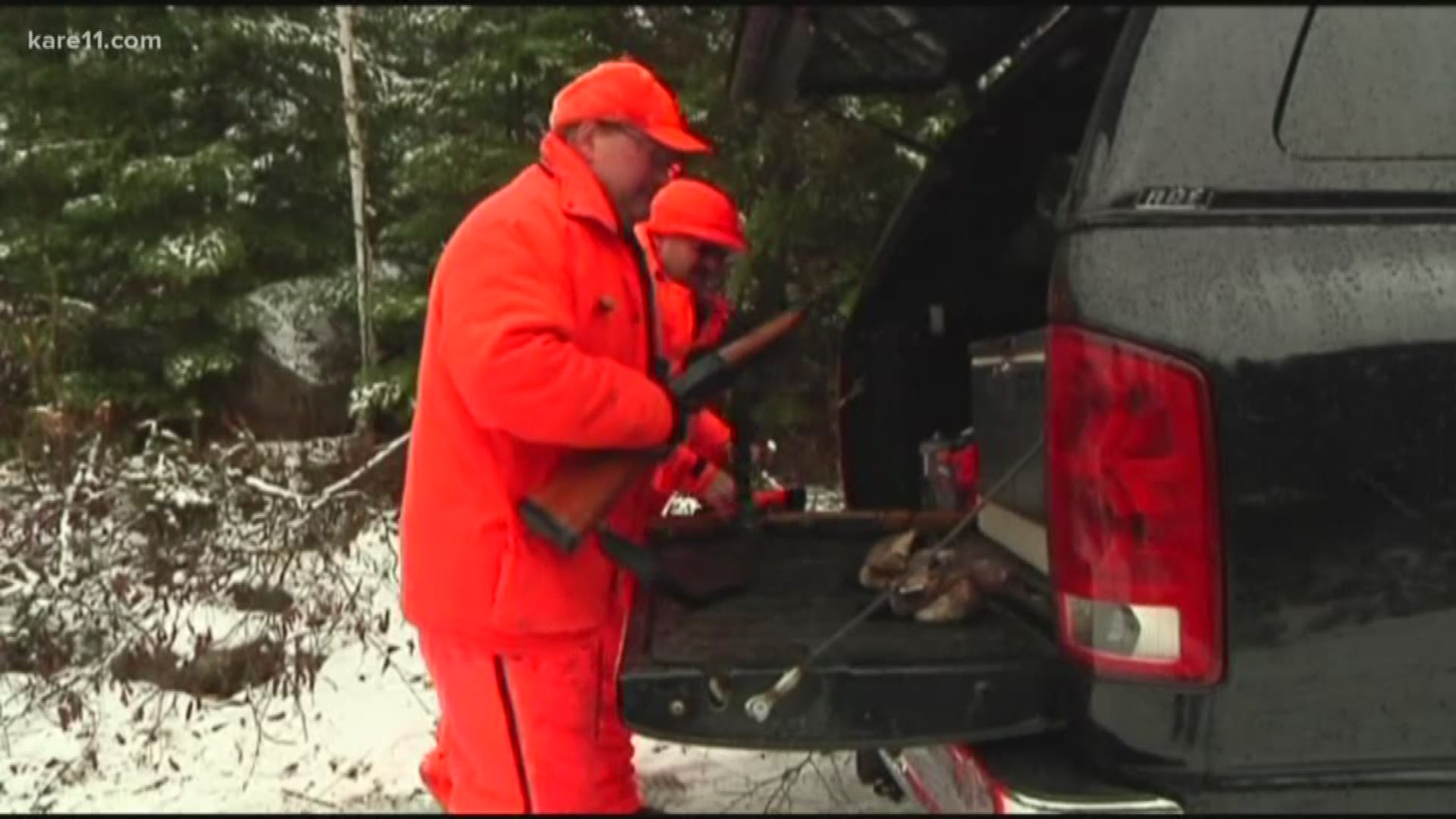Hunting is a rich tradition in our state. Often passed down from generation to generation, it is a way for family and friends to have a unique outdoor experience. No matter what your experience with firearms and the hunt, safety should always be top of mind and as hunting season approaches.
“Make sure you have some training. Seek out a hunter education firearms safety program whether you are an adult or a juvenile, “says DNR Conservation Officer Brett Oberg. “The course can be taken when you are 11-years-old. It becomes valid at 12 and with a Firearms Safety certificate youth can hunt by themselves when they are 14.”
It may come as a surprise, but most hunting incidents do not involve firearms. Tree stands are the number one cause of injury, “Hunters should use a fall-arrest safety harness no matter the type of stand they are using,” says Oberg, “It has a strap that connects to the tree and has built in shock absorption so if you do fall you don’t have that abrupt stop.”
The DNR also remind everyone hunting with a firearm to follow four safety rules:
- Treat every firearm as if it was loaded
- Always point the muzzle in a safe direction
- Keep your finger off the trigger until you’re ready to shoot
- Be sure of your target and what is beyond
When it comes to gear, Minnesota requires a hunter to have one item of a cap and one item of outer clothing above the waist, excluding sleeves and gloves, to be blaze orange. Oberg also recommends appropriate safety equipment, “Some type of survival kit with basically a means of shelter or specifically a way to start a fire. First aid kits to have bandages, taranakites, things like that and if you are hunting in a larger track of land like a National Forest or State Forest to have a compass with a map or a GPS.”
If using a phone for any function, be mindful it’s usually cold when hunting and batteries don’t do well in the cold.
Minnesota’s firearm deer season begins November 9.

